Water Purification Systems for the Pharmaceutical Industry
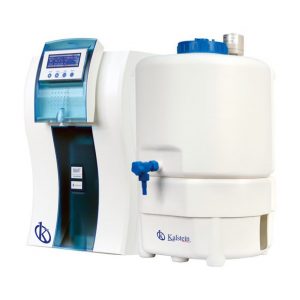
The intervention of water within the manufacturing and manufacturing processes in the pharmaceutical industry is of great importance, therefore, to be used, it is necessary to give a purification treatment prior to manufacture.
Why is a bacti-cinerator important?
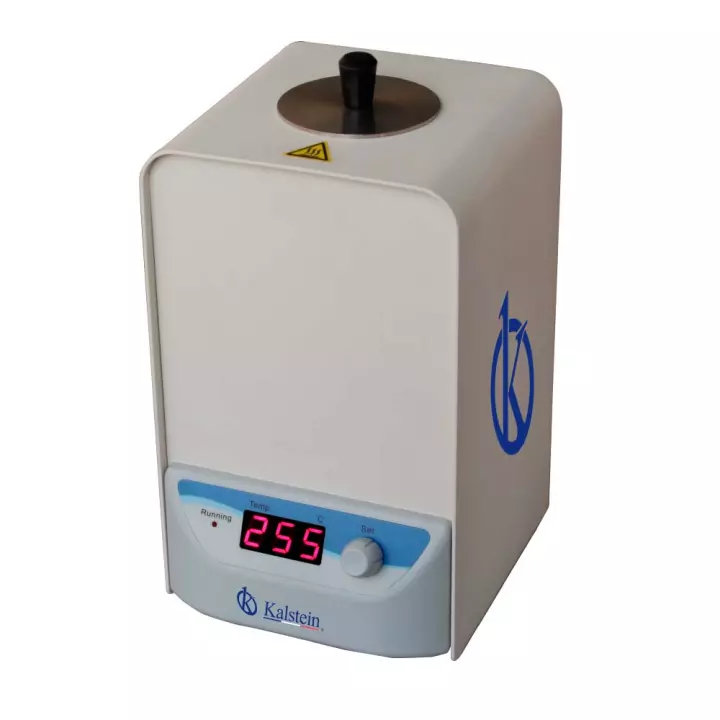
A bacterium-incinerator is a device used in microbiology laboratories to sterilize instruments, consisting of a ceramic tube surrounded by metal and with a hollow portion in the center. When ignited, the bacti-incinerator can reach temperatures around 800 degrees Celsius, enough to incinerate any organic material in an inoculation roast.
Refrigeration Recirculation: What Technology Do You Use?
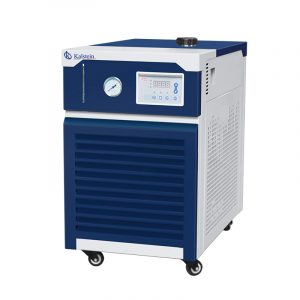
Within the laboratory field, recirculation chillers are high-efficiency cooling equipment, which is used in external cooling studies, to improve sample accuracy, and in turn protect the user. These equipment, with many uses and important benefits, provide constant, low temperature situations for inspections, chemical, biological and physical experiments, which must be carried out at low temperature. Such equipment in the field of medicine, are also applied in food processes, chemical industry and teaching in universities and research institutes.
In which sectors does Electrophoresis apply?
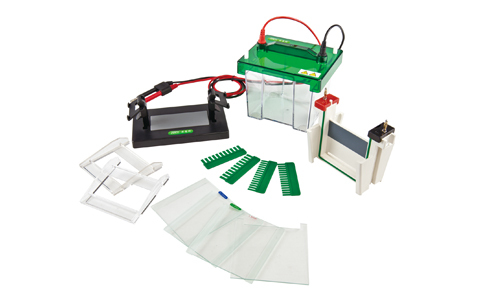
Generally, electrophoresis is a systematized practice, in which it is used by electrical current to biological molecules, and separated according to sizes. It is a laboratory technique, which is used to separate DNA molecules, RNA or proteins, depending on their size and electrical charge.
What is a cytocentrifuge?
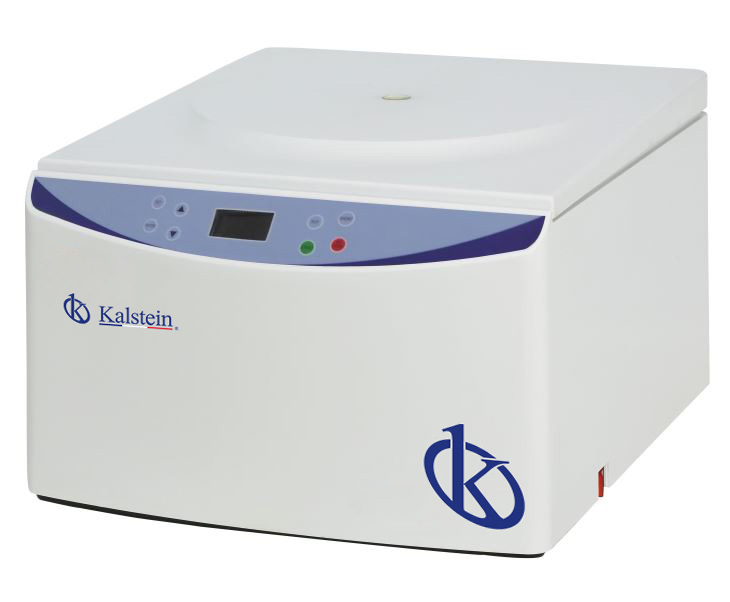
This equipment is a special non-refrigerated desktop centrifuge for diagnostic laboratories in oncology, cytology, hematology, virology and microbiology services, it is designed to concentrate biological samples on a surface visible under a microscope, and its subsequent identification and characterization; the same design ensures simple operation and a safe working environment.
What is a fabric flotation station?

In the histology laboratories, a series of important analyzes and diagnoses are made that depend on the studies of the tissues, an indispensable part of the tissue process is the cut, and this is where the function of this apparatus intervenes since it allows to extend the ribbon of tissue so that later it attaches to the lamellar and to be able to observe the cell or tissue in the microscope.
What are the different types of urine analysers available?
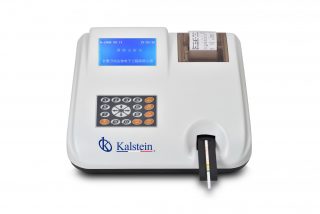
The health processes and medical analysis performed by a patient to diagnose diseases are a wide range, one of those are urine tests, is the patient who collects the first urine in the morning in a sterile container, after a local cleaning, this sample is taken to the laboratory to perform the respective analysis, by means of a urine analyser.
What are the different types of hematology analyzers?

These kits are used for complete blood counts or blood counts, perform a quantitative and qualitative analysis of blood factors such as: red blood cells, erythrocytes, white blood cells, leukocytes, platelets and thrombocytes, are mainly used in laboratories of analysis of medical biology or in hospitals with hematology service.
Differences between spectrocolorimeters and colorimeters
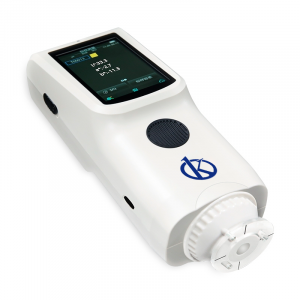
Today colors play a fundamental role in our lives. However, unlike other parameters such as weight or length, there is no physical scale for measuring color, making it nearly impossible for people to respond in kind when asked about a specific color.
Features and applications of colorimeters

Colorimeters are instruments used to measure and analyze colors. Specialized color measurement equipment, using “tristimulus” measurements based on the passage of light through the three primary filters, red, green and blue, simulates the way the human eye is sensitive to light. These three-stimulus color measurements provide information about the amount of these three components present in light reflected or transmitted by a product or material.
